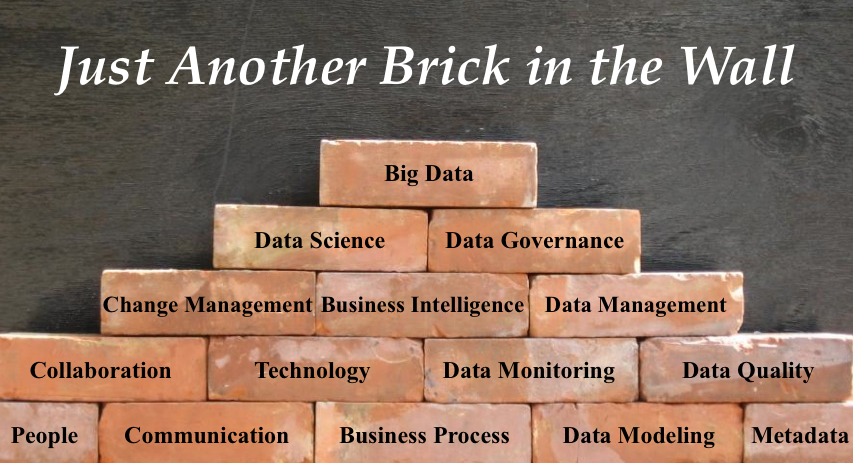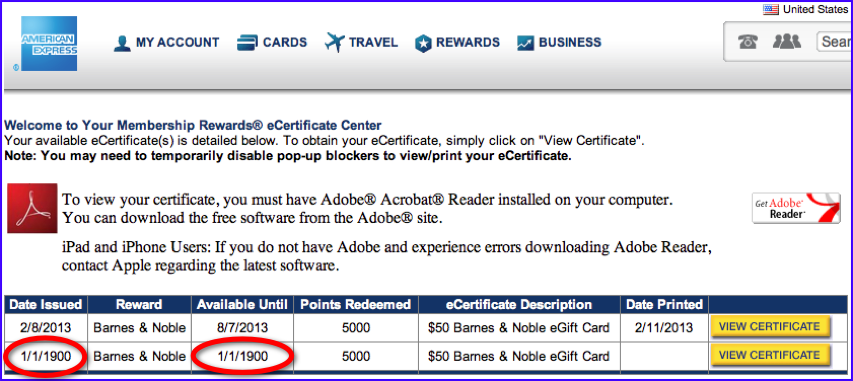Council Data Governance
/Inspired by the great Eagles song Hotel California, this DQ-Song “sings” about the common mistake of convening a council too early when starting a new data governance program. Now, of course, data governance is a very important and serious subject, which is why some people might question whether or not music is the best way to discuss data governance.
Although I understand that skepticism, I can’t help but recall the words of Frank Zappa:
“Information is not knowledge;
Knowledge is not wisdom;
Wisdom is not truth;
Truth is not beauty;
Beauty is not love;
Love is not music;
Music is the best.”
Council Data Governance
Down a dark deserted hallway, I walked with despair
As the warm smell of bagels rose up through the air
Up ahead in the distance, I saw a shimmering light
My head grew heavy and my sight grew dim
I had to attend another data governance council meeting
As I stood in the doorway
I heard the clang of the meeting bell
And I was thinking to myself
This couldn’t be heaven, but this could be hell
As stakeholders argued about the data governance way
There were voices down the corridor
I thought I heard them say . . .
Welcome to the Council Data Governance
Such a dreadful place (such a dreadful place)
Time crawls along at such a dreadful pace
Plenty of arguing at the Council Data Governance
Any time of year (any time of year)
You can hear stakeholders arguing there
Their agendas are totally twisted, with means to their own end
They use lots of pretty, pretty words, which I don’t comprehend
How they dance around the complex issues with sweet sounding threats
Some speak softly with remorse, some speak loudly without regrets
So I cried out to the stakeholders
Can we please reach consensus on the need for collaboration?
They said, we haven’t had that spirit here since nineteen ninety nine
And still those voices they’re calling from far away
Wake you up in the middle of this endless meeting
Just to hear them say . . .
Welcome to the Council Data Governance
Such a dreadful place (such a dreadful place)
Time crawls along at such a dreadful pace
They argue about everything at the Council Data Governance
And it’s no surprise (it’s no surprise)
To hear defending the status quo alibis
Bars on all of the windows
Rambling arguments, anything but concise
We are all just prisoners here
Of our own device
In the data governance council chambers
The bickering will never cease
They stab it with their steely knives
But they just can’t kill the beast
Last thing I remember, I was
Running for the door
I had to find the passage back
To the place I was before
Relax, said the stakeholders
We have been programmed by bureaucracy to believe
You can leave the council meeting any time you like
But success with data governance, you will never achieve!












